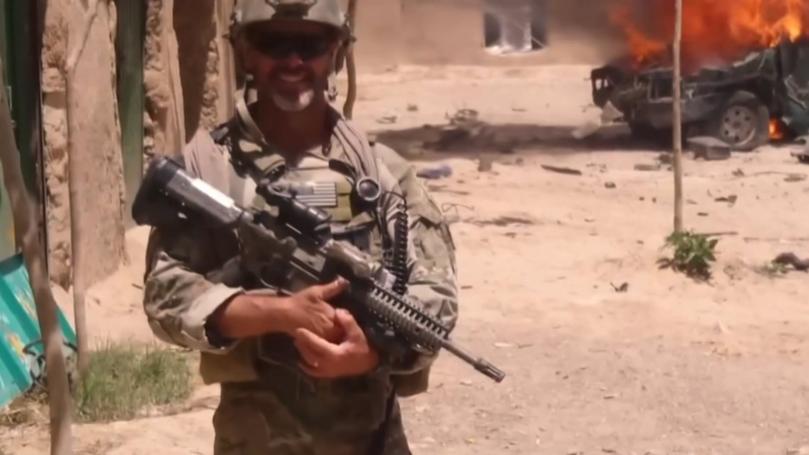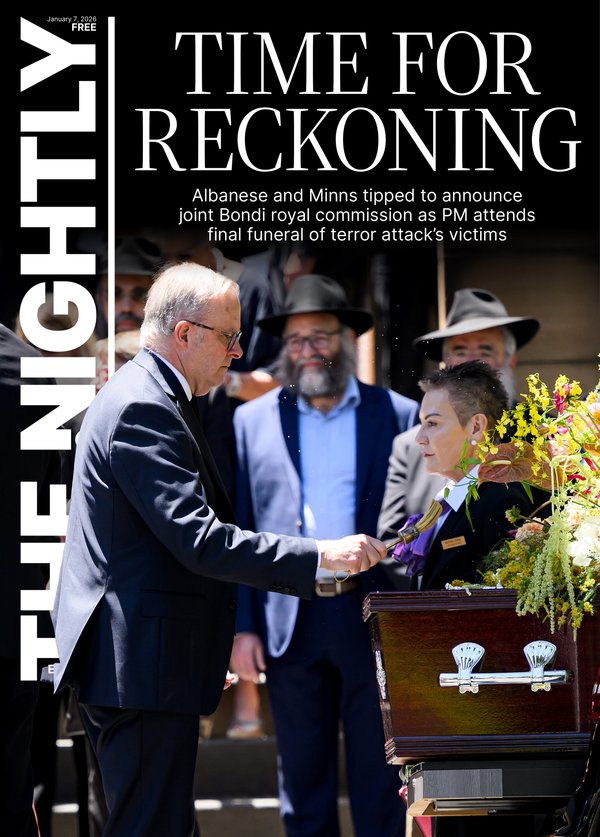EDITORIAL: ‘War crimes’ reporting shows ABC has lost its way

It was the kind of cowboy journalist at its loosest and most damaging — the kind that has the potential to ruin careers and destroy reputations.
And without a skerrick of proof to back it up.
But that didn’t dissuade the ABC from breathlessly reporting that Australian special forces commando Heston Russell had left “fire and bodies” in his wake following his service in Afghanistan.
Sign up to The Nightly's newsletters.
Get the first look at the digital newspaper, curated daily stories and breaking headlines delivered to your inbox.
By continuing you agree to our Terms and Privacy Policy.Among the most serious of accusations was that Mr Russell was involved in the unlawful killing of an unarmed prisoner in Helmand Province.
The evidence was dodgy from the start.
A March 2020 story by Mark Willacy relied on the recollection of a US Marine, who repeatedly warned the investigations reporter that the passage of time and the fact that he was sleep-deprived at the time of the alleged incident meant his memory was “fuzzy” at best.
That was it. There was no corroborating evidence unless you count the words of two unnamed sources who said it sort of sounded like something that might have happened at some point.
And now there’s new evidence, recently uncovered by Seven’s Spotlight program, to suggest some of the footage used in the resulting story was doctored.
Since Spotlight aired those revelations, the ABC removed a video using that footage from its online platforms.
This is from one of the ABC’s most exalted figures, working inside its hallowed “Investigations Unit”.
As Justice Michael Lee noted in his October judgment ordering ABC to pay Mr Russell $390,000 for its defamation of the commando, that grand title suggests a “certain and rigour and depth” to the work involved in verifying a story before publication.
Where “ABC Investigations” is referred to, “a representation is made to the audience that an investigation has been conducted and that not insignificant time and resources have been directed towards it”, was Justice Lee’s assessment.
One who absolutely believed the hype was Willacy himself, who, along with his colleagues inside the investigations unit was acutely, hysterically sensitive to any criticism of his work.
So blinded were they by this belief in their own self-importance that any party who pointed out that perhaps journalistic standards had not been met on this occasion was simply exploiting an opportunity to land a bodyshot in an ongoing culture war.
It was Willacy against the world, and he was fighting for the side of righteousness against dark and sinister forces — journalists at commercial media organisations he regarded as “tabloid bottom-feeders”.
Unfortunately for Willacy, in this instance it was the “bottom-feeders” who got it right and himself who got it very, very wrong.
It points to the scale of the challenge ahead of the ABC’s chair Kim Williams.
It’s up to Williams (who spent some of his own career at News Corp among Willacy’s “bottom-feeders”) to help the broadcaster find its way back to doing truthful journalism in the national interest, not its journalists’ personal interest.
